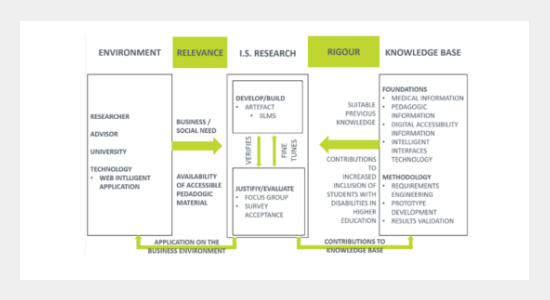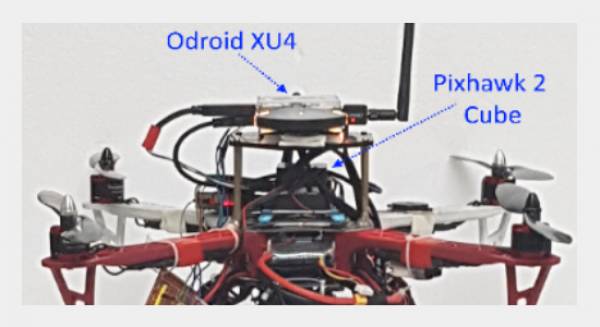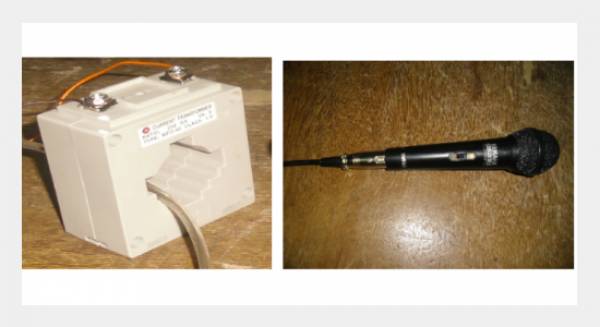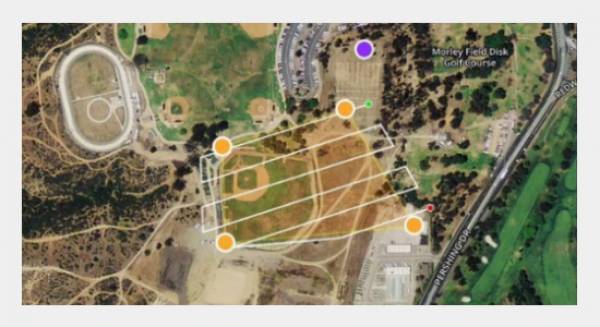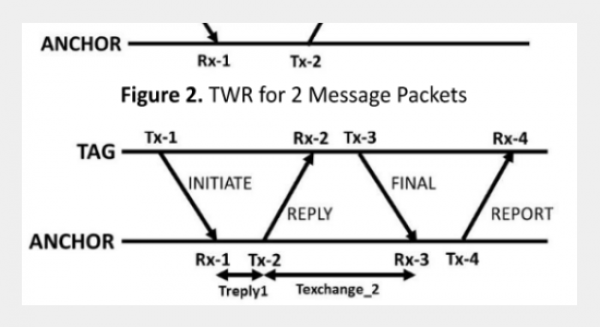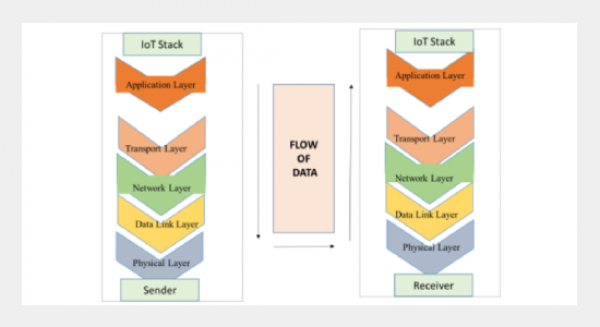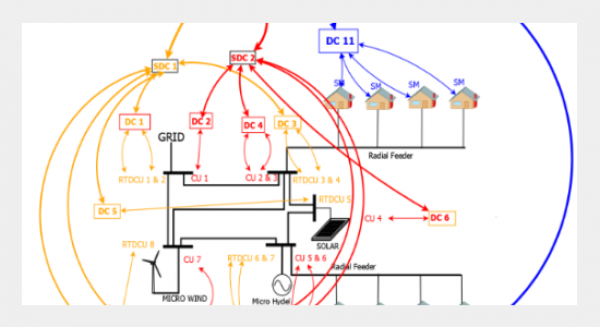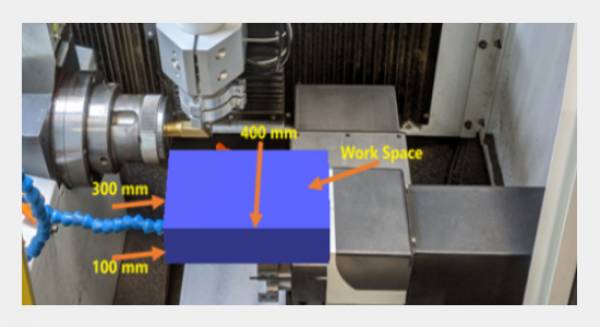REFERENCES
- [1] O. Lipka, A. Forkosh Baruch, and Y. Meer, “Academic support model for post-secondary school students with learning disabilities: student and instructor perceptions,” International Journal of Inclusive Education, vol. 23, no. 2, pp. 142–157, Jan. 2018, https://doi.org/10.1080/13603116.2018.1427151
- [2] W. Cavendish, C. T. Morris, L. A. Chapman, L. Ocasio-Stoutenburg, and K. Kibler, “Teacher perceptions of implementation practices to support secondary students in special education,” Preventing School Failure: Alternative Education for Children and Youth, vol. 64, no. 1, pp. 19–27, Jun. 2019. https://doi.org/10.1080/1045988X.2019.1628000
- [3] R. Yates, “Teacher attitudes towards the introduction of disability-inclusive education in Kiribati,” Journal of Educational Studies, vol. 34, no. 1, pp. 68–75, 2020.
- [4] L. P. Cheatham and K. Randolph, “Education and Employment Transitions among Young Adults with Disabilities: Comparisons by Disability Status, Type and Severity,” International Journal of Disability, Development and Education, vol. 69, no. 2, pp. 467–490, Feb. 2020. https://doi.org/10.1080/1034912X.2020.1722073
- [5] United States Census Bureau, “Census - Table Results.” 2020. Accessed: Apr. 10, 2022. [Online]. Available: https://data.census.gov/cedsci/table?q=disability&tid=ACSST5Y2020.S1810
- [6] Presidência do Concelho de Ministros, “Decreto-Lei n.o 54/2018,” Jul. 2018. https://dre.pt/dre/detalhe/decreto-lei/54-2018-115652961 (accessed Apr. 10, 2022).
- [7] The European Parliament and The Coucil of the European Union, “Directive (EU) 2019/882 on the accessibility requirements for products and services,” Apr. 17, 2019. http://data.europa.eu/eli/dir/2019/882/oj/eng (accessed Jun. 19, 2022).
- [8] European Telecommunications Standards Institute (ETSI), European Committee for Standardization (CEN), and European Committee for Electrotechnical Standardization (CENELEC), EN 301 549 - Accessibility Requirements for ICT Products and Services. 2021.
- [9] W3C, “Web Content Accessibility Guidelines (WCAG) 2.1,” 2018. https://www.w3.org/TR/2018/REC-WCAG21-20180605/ (accessed Jun. 05, 2022).
- [10] M. Helena Martins, M. L. Borges, and T. Gonçalves, “Attitudes towards inclusion in higher education in a Portuguese university,” International Journal of Inclusive Education, vol. 22, no. 5, pp. 527–542, Sep. 2017. https://doi.org/10.1080/13603116.2017.1377299
- [11] A. Moriña, V. H. Perera, and R. Carballo, “Training Needs of Academics on Inclusive Education and Disability,” SAGE Open, vol. 10, no. 3, p. 2158244020962758, Sep. 2020. https://doi.org/10.1177/2158244020962758
- [12] S. A. Smith, E. Woodhead, and C. Chin-Newman, “Disclosing accommodation needs: exploring experiences of higher education students with disabilities,” International Journal of Inclusive Education, vol. 25, no. 12, pp. 1358–1374, Apr. 2019. https://doi.org/10.1080/13603116.2019.1610087
- [13] M. J. Page et al., “The PRISMA 2020 statement: an updated guideline for reporting systematic reviews,” BMJ, vol. 372, p. n71, Mar. 2021. https://doi.org/10.1136/bmj.n71
- [14] J. Chen, “State of Accessibility in U.S. Higher Ed Institutions,” in Universal Access in Human-Computer Interaction. Virtual, Augmented, and Intelligent Environments, vol. 10908, M. Antona and C. Stephanidis, Eds. Cham: Springer International Publishing, 2018, pp. 437–449. https://doi.org/10.1007/978-3-319-92052-8_34
- [15] V. F. Martins et al., “A Smart Ecosystem for Learning and Inclusion: An Architectural Overview,” in Computational Science and Its Applications – ICCSA 2020, vol. 12249, O. Gervasi, B. Murgante, S. Misra, C. Garau, I. Blečić, D. Taniar, B. O. Apduhan, A. M. A. C. Rocha, E. Tarantino, C. M. Torre, and Y. Karaca, Eds. Cham: Springer International Publishing, 2020, pp. 601–616. https://doi.org/10.1007/978-3-030-58799-4_44
- [16] T. Acosta, P. Acosta-Vargas, J. Zambrano-Miranda, and S. Luján-Mora, “Web Accessibility Evaluation of Videos Published on YouTube by Worldwide Top-Ranking Universities,” IEEE Access, vol. 8, pp. 110994–111011, 2020. https://doi.org/10.1109/ACCESS.2020.3002175
- [17] S. Abou-Zahra, J. Brewer, and M. Cooper, “Artificial intelligence (AI) for web accessibility: Is conformance evaluation a way forward?,” 2018. https://doi.org/10.1145/3192714.3192834
- [18] U. C. Apoki, S. Ennouamani, H. K. M. Al-Chalabi, and G. C. Crisan, “A Model of a Weighted Agent System for Personalised E-Learning Curriculum,” in Modelling and Development of Intelligent Systems, vol. 1126, D. Simian and L. F. Stoica, Eds. Cham: Springer International Publishing, 2020, pp. 3–17. https://doi.org/10.1007/978-3-030-39237-6_1
- [19] R. Castro, “Blended learning in higher education: Trends and capabilities,” Education and Information Technologies, vol. 24, no. 4, pp. 2523–2546, Jul. 2019. https://doi.org/10.1007/s10639-019-09886-3
- [20] B. Emond, “Formal Methods in Human-Computer Interaction and Adaptive Instructional Systems,” in Adaptive Instructional Systems. Design and Evaluation, vol. 12792, R. A. Sottilare and J. Schwarz, Eds. Cham: Springer International Publishing, 2021, pp. 183–198. https://doi.org/10.1007/978-3-030-77857-6_12
- [21] V. Johnston, M. Black, J. Wallace, M. Mulvenna, and R. Bond, “A Framework for the Development of a Dynamic Adaptive Intelligent User Interface to Enhance the User Experience,” in Proceedings of the 31st European Conference on Cognitive Ergonomics, New York, NY, USA, Sep. 2019, pp. 32–35. https://doi.org/10.1145/3335082.3335125
- [22] P. J. Durlach, “Fundamentals, Flavors, and Foibles of Adaptive Instructional Systems,” in Adaptive Instructional Systems, vol. 11597, R. A. Sottilare and J. Schwarz, Eds. Cham: Springer International Publishing, 2019, pp. 76–95. https://doi.org/10.1007/978-3-030-22341-0_7
- [23] L. Rerhaye, D. Altun, C. Krauss, and C. Müller, “Evaluation Methods for an AI-Supported Learning Management System: Quantifying and Qualifying Added Values for Teaching and Learning,” in Adaptive Instructional Systems. Design and Evaluation, vol. 12792, R. A. Sottilare and J. Schwarz, Eds. Cham: Springer International Publishing, 2021, pp. 394–411. https://doi.org/10.1007/978-3-030-77857-6_28
- [24] O. El Hammoumi, F. Benmarrakchi, N. Ouherrou, J. El Kafi, and A. El Hore, “Emotion Recognition in E-learning Systems,” in International Conference on Multimedia Computing and Systems -Proceedings, 2018, vol. 2018-May. https://doi.org/10.1109/ICMCS.2018.8525872
- [25] R. M. Toscano, H. B. A. M. de Souza, S. G. da Silva Filho, J. D. Noleto, and V. Becker, “HCI Methods and Practices for Audiovisual Systems and Their Potential Contribution to Universal Design for Learning: A Systematic Literature Review,” in Universal Access in Human-Computer Interaction. Theory, Methods and Tools, vol. 11572, M. Antona and C. Stephanidis, Eds. Cham: Springer International Publishing, 2019, pp. 526–541. https://doi.org/10.1007/978-3-030-23560-4_38
- [26] I. Dratsiou, M. Metaxa, E. Romanopoulou, and P. Bamidis, “Exploiting Assistive Technologies for People with Down Syndrome: A Multi-dimensional Impact Evaluation Analysis of Educational Feasibility and Usability,” in Brain Function Assessment in Learning, vol. 12462, C. Frasson, P. Bamidis, and P. Vlamos, Eds. Cham: Springer International Publishing, 2020, pp. 148–159. https://doi.org/10.1007/978-3-030-60735-7_16
- [27] P. Gang et al., “User-driven intelligent interface on the basis of multimodal augmented reality and brain-computer interaction for people with functional disabilities,” Advances in Intelligent Systems and Computing, vol. 886, pp. 612–631, 2019. https://doi.org/10.1007/978-3-030-03402-3_43
- [28] N. K. Kahlon and W. Singh, “Machine translation from text to sign language: a systematic review,” Universal Access in the Information Society, Jul. 2021. https://doi.org/10.1007/s10209-021-00823-1
- [29] L. S. Garcia et al., “Deaf Inclusion Through Brazilian Sign Language: A Computational Architecture Supporting Artifacts and Interactive Applications and Tools,” in Universal Access in Human-Computer Interaction. Access to Media, Learning and Assistive Environments, vol. 12769, M. Antona and C. Stephanidis, Eds. Cham: Springer International Publishing, 2021, pp. 167–185. https://doi.org/10.1007/978-3-030-78095-1_14
- [30] A. Jariwala, D. Marghitu, and R. Chapman, “A multimodal platform to teach mathematics to students with vision-impairment,” Lecture Notes in Computer Science (including subseries Lecture Notes in Artificial Intelligence and Lecture Notes in Bioinformatics), vol. 12769 LNCS, pp. 109–117, 2021. https://doi.org/10.1007/978-3-030-78095-1_10
- [31] D. Mikułowski and J. Brzostek-Pawłowska, “Multi-sensual augmented reality in interactive accessible math tutoring system for flipped classroom,” Lecture Notes in Computer Science (including subseries Lecture Notes in Artificial Intelligence and Lecture Notes in Bioinformatics), vol. 12149 LNCS, pp. 1–10, 2020. https://doi.org/10.1007/978-3-030-49663-0_1
- [32] K. Mishev, A. K. Ristovska, O. Rashikj-Canevska, and M. Simjanoska, “Assistive e-Learning Software Modules to Aid Education Process of Students with Visual and Hearing Impairment: A Case Study in North Macedonia,” in ICT Innovations 2021. Digital Transformation, vol. 1521, L. Antovski and G. Armenski, Eds. Cham: Springer International Publishing, 2022, pp. 145–159. https://doi.org/10.1007/978-3-031-04206-5_11
- [33] B. G. Schultz et al., “Automatic speech recognition in neurodegenerative disease,” International Journal of Speech Technology, vol. 24, no. 3, pp. 771–779, Sep. 2021. https://doi.org/10.1007/s10772-021-09836-w
- [34] S. M. Shohieb, C. Doenyas, and S. A. Haji, “A Novel Adaptive Web-Based Environment to Help Deafblind Individuals in Accessing the Web and Lifelong Learning,” Advances in Intelligent Systems and Computing, vol. 1294, pp. 253–266, 2020. https://doi.org/10.1007/978-3-030-63322-6_20
- [35] M. Sinha and T. Dasgupta, “A web browsing interface for people with severe speech and motor impairment,” Journal of Enabling Technologies, vol. 15, no. 3, pp. 189–207, 2021. https://doi.org/10.1108/JET-07-2020-0029
- [36] A. R. Hevner, S. T. March, J. Park, and S. Ram, “Design Science in Information Systems Research,” MIS Quarterly, vol. 28, no. 1, pp. 75–105, 2004. https://doi.org/10.2307/25148625


